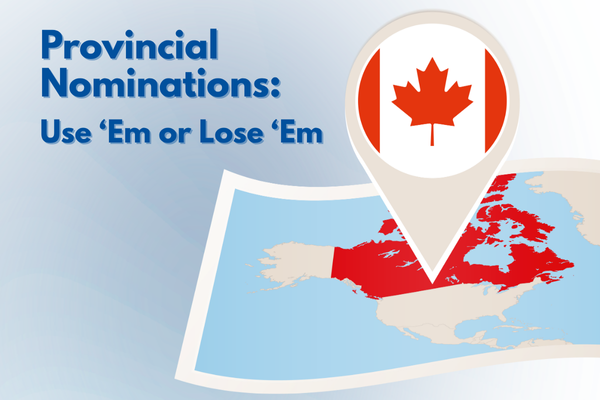Curious about hiring foreign workers in Canada? Here's a brief guide for Canadian employers.
As the Canadian job market continues to evolve, many employers are turning to foreign workers to fill labour shortages. Hiring foreign workers is a complex process that requires careful planning and attention to detail, so it’s important to understand the process before getting started. Here are the basic steps to hiring foreign workers as a Canadian employer:
Determine your labour needs
The first step to hiring foreign workers is to determine your labour needs. This involves identifying what positions need to be filled, which skills are required, and whether the positions are permanent or temporary. You should also consider whether the workers will be full-time or part-time.
Once you know which positions you need to fill, you’ll also need to establish how many foreign workers you are eligible to hire. Employers may be subject to a cap on the number of temporary foreign workers they can hire, depending on the industry and positions.
Apply for a Labour Market Impact Assessment (LMIA)
Most employers will need to obtain an LMIA before they can hire foreign workers. This involves demonstrating that there are no Canadians or permanent residents available to fill the positions, and that hiring foreign workers will not have a negative impact on the Canadian labour market.
In most cases, employers will need to show that they have advertised the job to Canadians for at least four weeks, with no suitable applicants.
Successfully applying for an LMIA application can be one of the most challenging aspects of the process. Employers need to ensure that they have selected the right stream for the position they’re hiring for, and comply with requirements for wages and benefits. Accuracy is key, as untruthful applications can result in rejections and being barred from the program for two years.
To save time and ensure accuracy, many employers choose to hire a Regulated Canadian Immigration Consultant or lawyer to complete their application.
Determine workers’ eligibility
The next step is to determine whether the foreign workers you want to hire are eligible to work in Canada. This includes ensuring that they meet the requirements of the Temporary Foreign Worker Program (TFWP) or other programs that allow foreign workers to work in Canada.
Formally offer the job to the foreign worker
Once you have obtained an LMIA, you can offer the job to the foreign worker. Make sure to provide them with a written job offer that outlines the terms and conditions of employment, including wages, hours of work, and any other benefits that they will be entitled to.
Ensure that the worker has their work permit and necessary documents
The foreign worker will need a work permit to work in Canada. You can either apply for a work permit on their behalf or provide them with the necessary documents to apply themselves. Alternatively, either the worker or employer can pay a Regulated Canadian Immigration Consultant or lawyer to complete the work permit application.
Regardless of who completes the application, the employer should communicate with the worker to be sure that the application is completed on time.
Set out clear expectations for workers
Throughout the hiring process, communication is key! Foreign workers take on a significant change when they move to another country, which can feel risky. It’s important to develop trust by communicating with workers at each stage of the process. By checking in regularly, you can also catch and prevent issues that could cause delays in the application process.
Getting Started
Employers who hire temporary foreign workers see major increases in their ability to run at full capacity and meet customer demand. If you want to avoid the complexities of the application process and save time, we’re here to help! Hire the staff you need with Immigrate.
Please note: Immigration regulations are subject to change. For up-to-date information, please visit the Government of Canada's website or speak with a Regulated Canadian Immigration Consultant.

